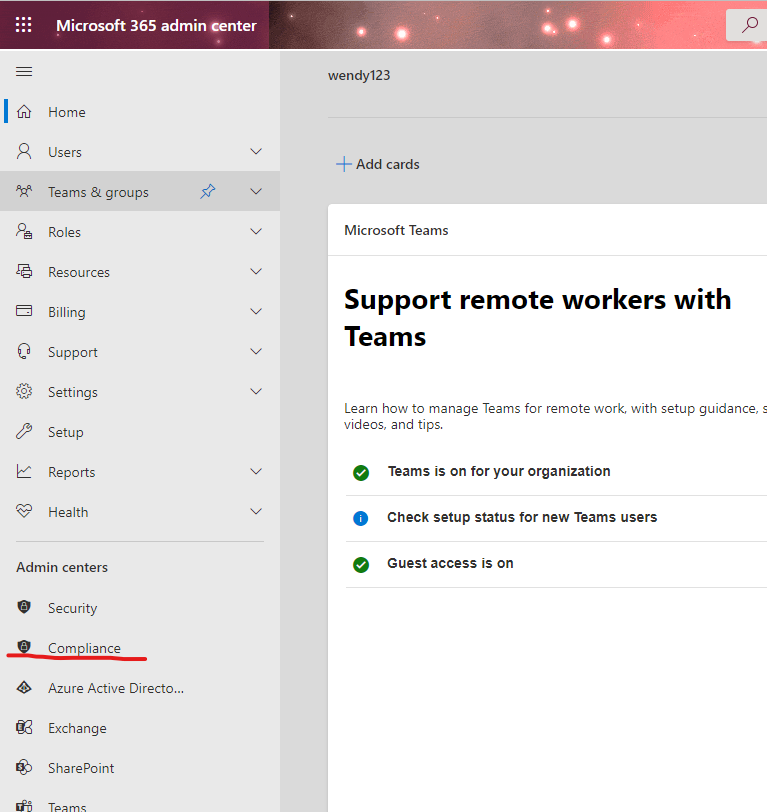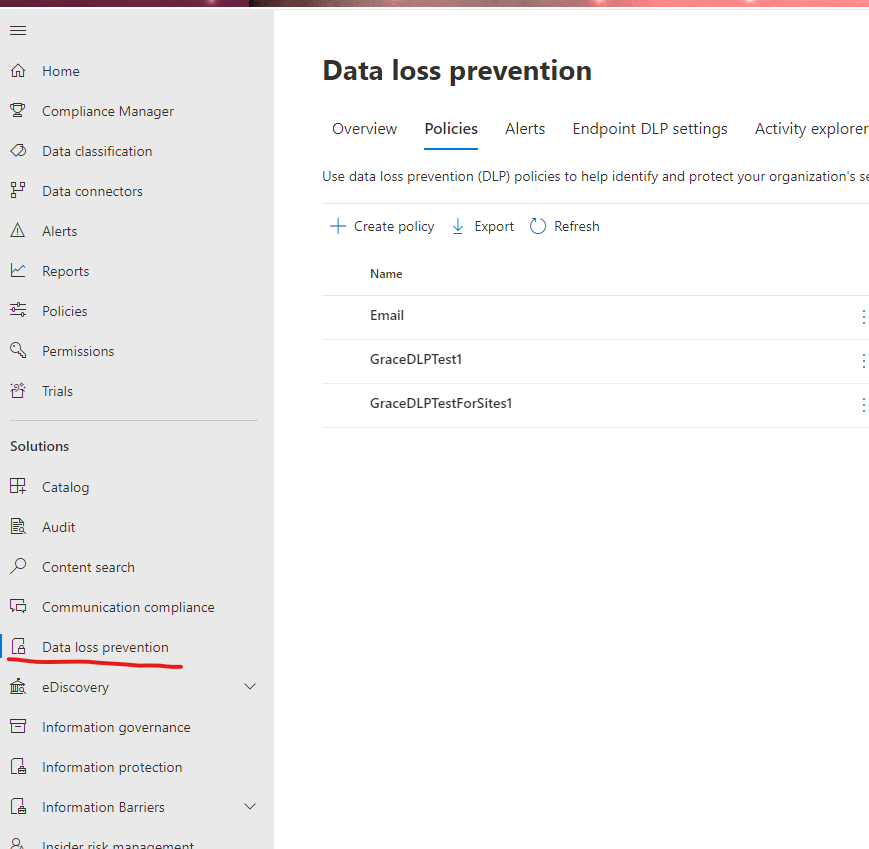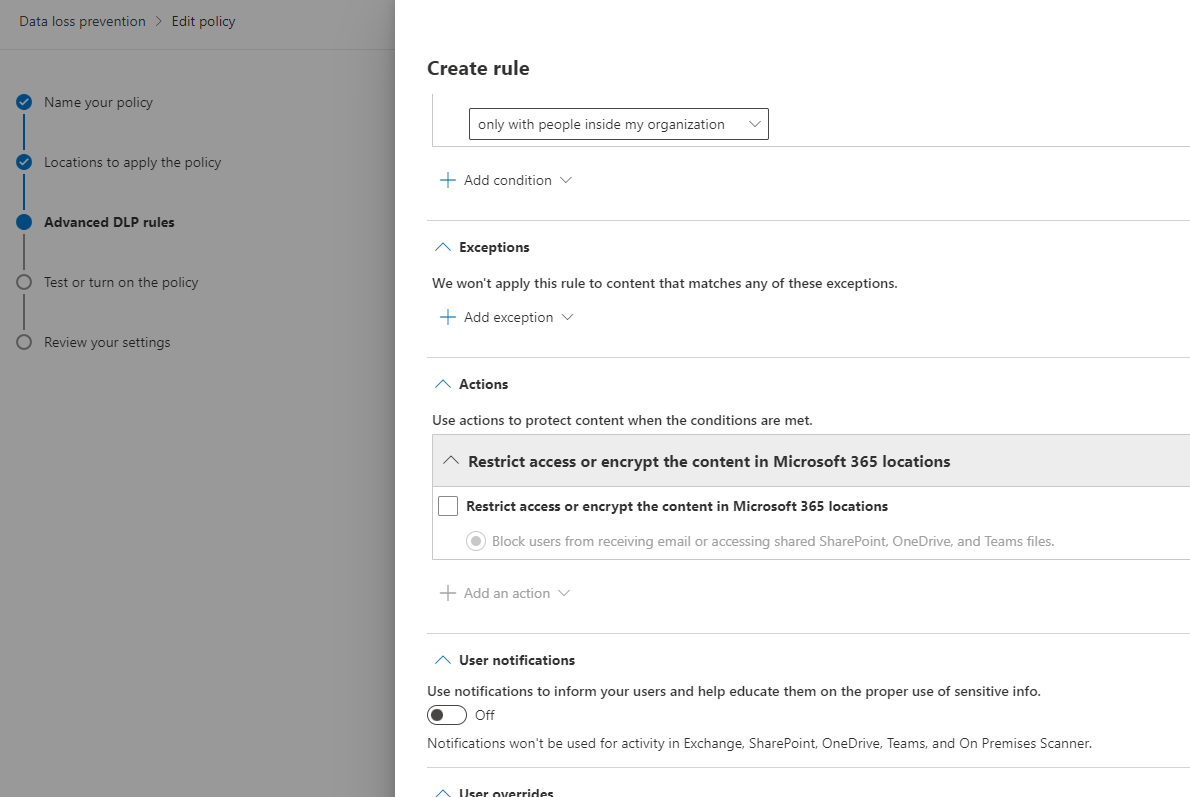You are saying that they are accessing SharePoint in another organisation, therefore it is likely their Guest account in that organisation is locked out, preventing them access. When you are invited to another Azure AD tenant, a guest account is created in that tenant associated with the original account.
User gets message "Your account is locked" when accessing SharePoint of another organisation
A user in our domain is invited to the SharePoint of another organisation. But when trying to log in, they get the message "Your account is locked" and "We have discovered suspicious activity on your account." Furthermore; "Contact NAME OF USER'S ORG administrator".
This usually happens when users have Risky sign ins, and in those cases, it is easily solved by dismissing user risk, which sets the risk level from high/medium to low.
However, this user has no risky sign ins. That means I can't find the user's risk level or dismiss anything.
Is there a way to dismiss user risk outside of the Risky sign in list? Or am I looking in the wrong place? Are there other factors affecting the user risk? The user is able to log in to our own systems as normal.
2 answers
Sort by: Most helpful
-
 Alistair Ross 7,106 Reputation points Microsoft Employee
Alistair Ross 7,106 Reputation points Microsoft Employee2022-02-08T15:30:36.327+00:00 -
 Yi Lu_MSFT 17,471 Reputation points
Yi Lu_MSFT 17,471 Reputation points2022-02-23T09:59:11.58+00:00 Hi @In_Rainbows
You could check that whether you have set some security policies in your organization: If there are any rules restrict this behavior


